The Panama Canal is one of the most astonishing feats of engineering in human history and a must-see destination for any traveler. Spanning across the isthmus of Panama, the canal connects the Atlantic and Pacific Oceans, allowing ships to save time and avoid the long journey around the southern tip of South America. Beyond its remarkable functionality, the Panama Canal is steeped in rich history and stunning natural beauty, making it a unique attraction for tourists from around the world. In this blog post, we will explore the history, engineering, cultural significance, and travel tips to make your visit to the Panama Canal truly unforgettable.
History of the Panama Canal
The concept of constructing a canal through Central America dates back to the early 16th century. However, it wasn’t until the late 19th century that serious efforts were made to bring this idea to fruition. The French were the first to attempt the project in 1881 under the leadership of Ferdinand de Lesseps, the engineer behind the Suez Canal. Unfortunately, the project was fraught with difficulties, including a lack of funding and rampant diseases such as malaria and yellow fever, resulting in its eventual abandonment in 1889.

The canal’s fate changed when the United States took over the project in 1904. Under the leadership of President Theodore Roosevelt, significant advances were made, including the implementation of better sanitation practices to combat disease. The construction of the canal was a monumental undertaking, involving the excavation of over 100 million cubic yards of earth, the construction of the Gatun Lake and several locks, and the establishment of infrastructure to support workers from various backgrounds.
After ten years of hard work, the Panama Canal was officially opened on August 15, 1914, revolutionizing maritime trade and transportation. It transformed Panama into a global hub and has since played a crucial role in international commerce and travel.
Engineering Marvel
The Panama Canal stretches approximately 50 miles and features several key components that make it a marvel of engineering. The most notable features include:
- Locks System: The canal operates using a series of locks that raise and lower ships approximately 85 feet between sea level and Gatun Lake. The entire lock process usually takes around 30 minutes to complete and involves an impressive transfer of water to lift or lower vessels.
- Gatun Lake: Created by damming the Chagres River, Gatun Lake serves as a major waterway in the canal and plays a crucial role in the transit of ships. The lake, which covers an area of over 164 square miles, is dotted with islands and surrounded by lush tropical rainforest, creating a stunning natural environment.
- Culebra Cut: This is the section of the canal that cuts through the Continental Divide, showcasing the tremendous excavation work required for the canal’s construction. Standing at this point will give you a true sense of the scale and challenge that engineers faced over a century ago.
- Environmental Considerations: The canal’s construction and subsequent expansion have had profound implications for the region’s ecology. While the canal is a significant transport route, it also impacts local wildlife and natural habitats. Understanding these dynamics is crucial for appreciating the canal’s environmental significance.
Visiting the Panama Canal
A visit to the Panama Canal is a multi-faceted experience that can cater to a variety of interests: history, engineering, nature, and culture. Here are some key attractions and activities to consider during your visit.
Miraflores Locks Visitor Center
The Miraflores Locks Visitor Center is an essential stop for anyone wishing to learn more about the Panama Canal. Here, visitors can watch large ships navigate through the locks while enjoying an informative exhibition detailing the canal’s history and engineering. The center features observation decks, interactive displays, and a theater showing a documentary film about the canal’s construction and operation. This vantage point allows for breathtaking views of the ships in transit, making it an ideal spot for photography enthusiasts.
Parque Nacional Soberanía
Adjacent to the canal, Parque Nacional Soberanía offers a remarkable opportunity to experience Panama’s lush rainforest and diverse wildlife. Home to numerous hiking trails, this national park allows visitors to spot a variety of flora and fauna, such as toucans, monkeys, and sloths. Birdwatching in this region offers some of the best viewing spots for enthusiasts, as more than 500 species of birds call this park home. Exploring the natural beauty surrounding the canal adds another layer to your visit.
Historical Routes
For travelers interested in history, taking a guided tour that focuses on the legacies of the canal can provide insight into its ongoing impact on Panama and the world. Legacy excursions might cover important historical sites such as the French Cemetery, which honors the workers who perished during the initial construction, or Fort San Lorenzo, a Spanish fortification that plays a role in Panama’s colonial history.
Gatun Lake Cruises
Exploring Gatun Lake by boat allows for an unforgettable experience. Cruises often include stops at islands where you can see wildlife up close and learn about the ecological aspects of the area. Some tours even offer opportunities for fishing, kayaking, or visiting indigenous communities to gain a deeper understanding of local cultures.
The Expansion of the Panama Canal
If you’ve previously visited the Panama Canal, you may be interested in the recent upgrades that were completed in 2016. The expansion project, known as the Third Set of Locks, doubled the canal’s capacity and allowed larger vessels, known as “New Panamax” ships, to pass through. Visiting this area gives context to the continued evolution of one of the world’s busiest maritime routes.

Travel Tips for Visiting the Panama Canal
- Timing Your Visit: The best time to visit Panama is during the dry season, which runs from December to April. This period tends to have more predictable weather and is more comfortable for outdoor activities.
- What to Bring: Be sure to pack sunscreen, a hat, insect repellent, comfortable walking shoes, and a good camera. If you plan on hiking, consider bringing binoculars for wildlife spotting.
- Language: While Spanish is the official language of Panama, many people, especially in tourist areas, speak English. However, learning a few Spanish phrases can enhance your experience and is appreciated by locals.
- Local Cuisine: Don’t miss out on trying Panamanian cuisine while visiting. Dishes such as ceviche, sancocho (a traditional chicken soup), and patacones (fried green plantains) can be found in local restaurants and markets.
- Tours and Guides: Consider booking a guided tour for a more in-depth understanding of the canal’s history and operations. Knowledgeable guides can provide insights that you might miss on a self-guided trip.
The Panama Canal is more than just a waterway; it’s a testament to humanity’s ingenuity, resilience, and ability to conquer nature. Whether you marvel at the engineering feats involved in its construction, immerse yourself in the surrounding ecosystems, or delve into the rich history that defines Panama, a visit to this iconic landmark leaves a lasting impression. So, pack your bags, prepare for adventure, and set sail toward the wonder that is the Panama Canal—an experience that promises both education and inspiration.

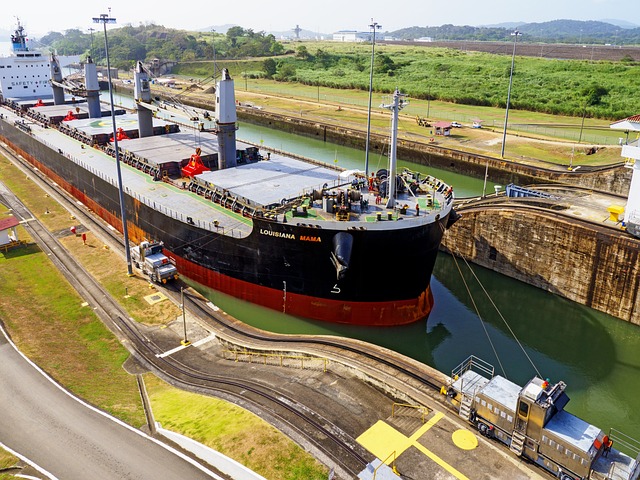
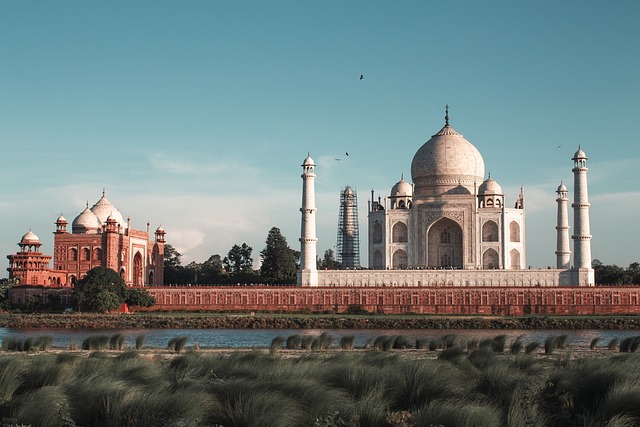
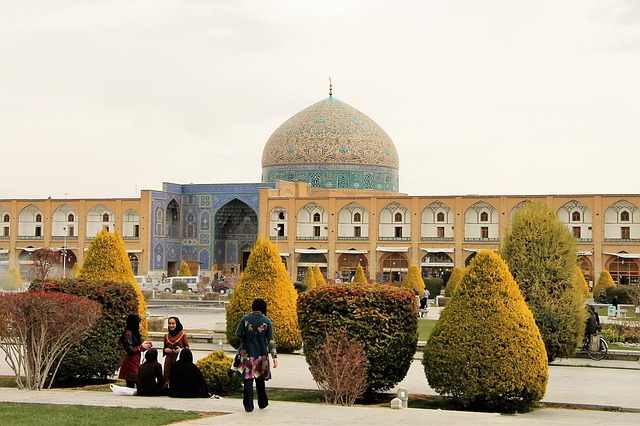
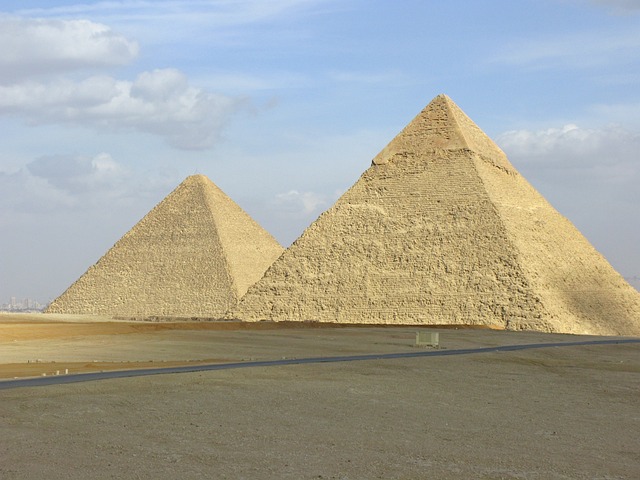
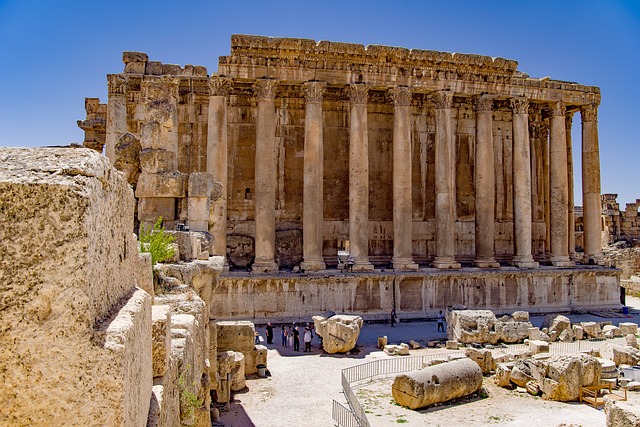
I’m extremely impressed with your writing talents as smartly as with the format to your blog. Is this a paid subject or did you customize it yourself? Either way keep up the nice quality writing, it is rare to peer a nice weblog like this one nowadays. !